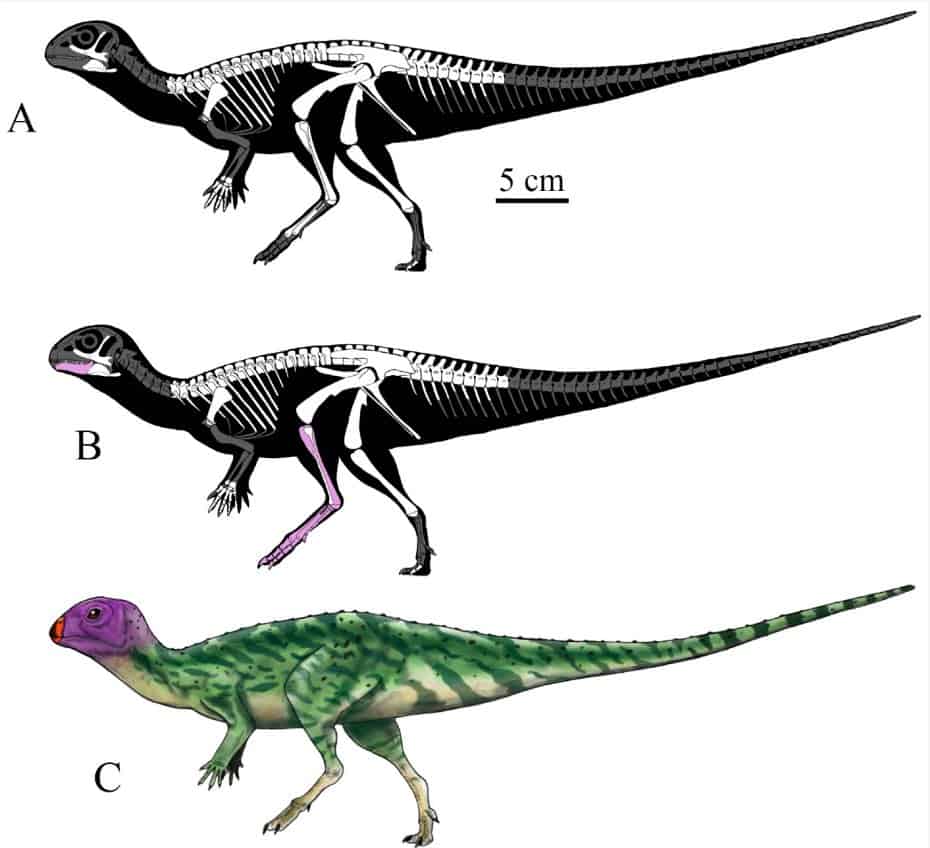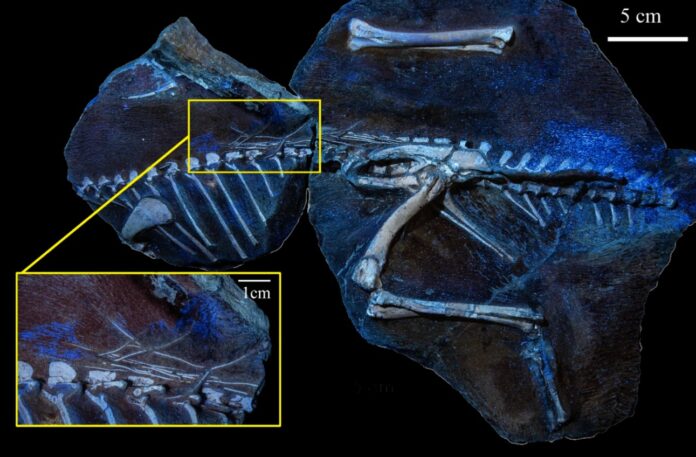Thailand’s Jurassic Wonder: Minimocursor phunoiensis – A New Entry in the World of Dinosaurs
A collaboration of paleontologists from multiple institutions has uncovered a new dinosaur species in the geological goldmine of Phu Kradung Formation, Northern Thailand. This discovery, originally made in 2012, was recently published in the acclaimed journal Diversity, painting a vivid picture of the fossil’s location, characteristics, and overall condition.
The fossil, a precious find from the productive dig site of Phu Noi, was immaculately preserved within the rock, an exception in the domain of paleontology. Now named ‘Minimocursor phunoiensis,’ this species broadens our understanding of the diverse dinosaurs that once roamed our planet.
The research team praises Minimocursor phunoiensis as an “exceptionally articulate skeleton,” likely one of the most well-preserved Neornithischian clade dinosaurs in Southeast Asia’s fossil record. These creatures were known herbivores, and this new specimen adds to that historical narrative.
Intriguingly, the team identified that this dinosaur was still in its growth phase when it met its end. Exhibiting a four-limbed structure but a bipedal gait, it showcased a unique physical makeup. Characterized by a long body and tail, a beak-like snout, and a distinctive bony protrusion on its jaw – known as a jugal boss – this dinosaur species presents a fascinating image. It even sported a ridge along its pelvis, adding to its distinctive physical features.
Carbon-dating places this dinosaur in the 145 to 163 million years ago bracket. At its full growth, the team estimates, Minimocursor phunoiensis would have spanned a length of approximately 2 meters.

It’s physical characteristics and plant-based diet hint at its potential agility, likely allowing it to evade predators efficiently. Notably, other fossils from the Neornithischian clade have been unearthed in the same area, suggesting that this dinosaur type was quite common in the region.
As the study of this exceptional specimen is ongoing, further insights into the life of Minimocursor phunoiensis and its place in dinosaur history are anticipated. With some bones, including its skull, still under processing, there’s much more to learn about this newly discovered dinosaur species from the Phu Noi dig site in Thailand
Source: 10.3390/d15070851
